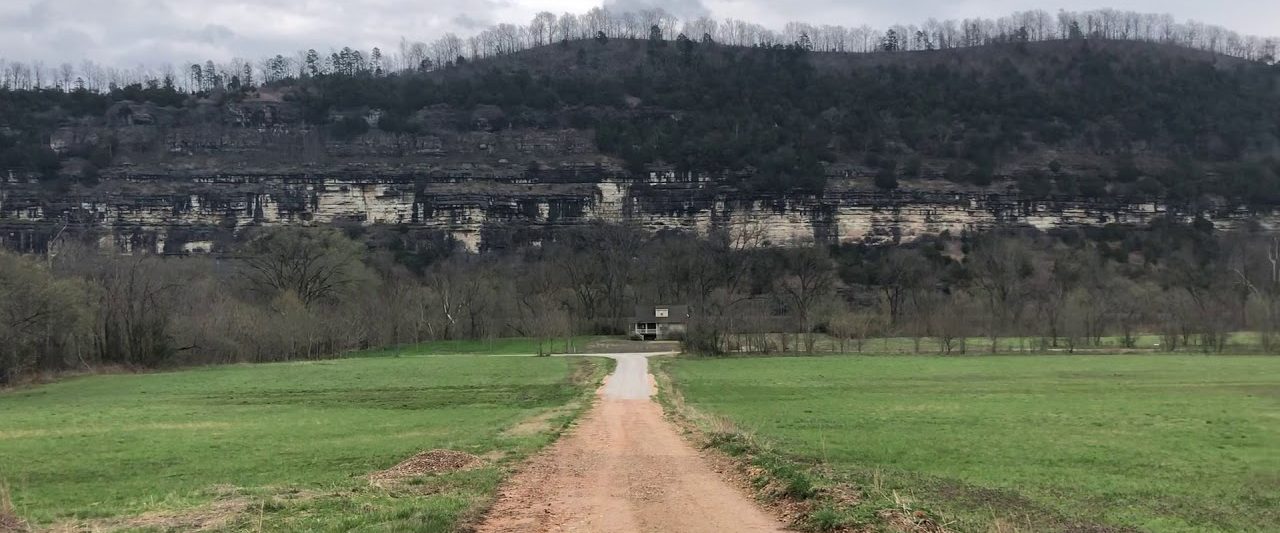“My brokenness is a better bridge for people than my pretend wholeness ever was.” ~ Sheila Walsh
Seventeen years ago, Harvard political scientist Robert Putnam wrote and conveyed one of the most significant social phenomena of our time. His book, Bowling Alone, demonstrated statistically how over just a few years American society has moved increasingly further away from so many of the social constructs on which it was founded.
A simple research illustration in Putnam’s work shows that, while the number of people who bowled during the last twenty years has increased, the number who actually bowled in leagues has decreased. They were bowling alone.
 Carried further, his data show dramatic decreases in group social affiliations that were once important to us—Parent-Teacher Associations, church, political parties, evening dinner parties. Neighborhoods where children once roamed freely and without care have evolved to fenced-in burgs where families don’t know their next-door neighbors, and everyone looks at one another with panicked anxiety when the doorbell rings. We’ve personally disengaged with society to the point, Putnam diagnoses, where we are less healthy, less happy.
Carried further, his data show dramatic decreases in group social affiliations that were once important to us—Parent-Teacher Associations, church, political parties, evening dinner parties. Neighborhoods where children once roamed freely and without care have evolved to fenced-in burgs where families don’t know their next-door neighbors, and everyone looks at one another with panicked anxiety when the doorbell rings. We’ve personally disengaged with society to the point, Putnam diagnoses, where we are less healthy, less happy.
Simply stated, Putnam’s book addresses the truth that no one really talks to anyone anymore. We self-seclude. I understand this in an acute way.
***
It’s exhaustingly painful to hide behind a mask every day. Thank God I’m becoming more like Tim.
***
Certain stories resonate more than others along the Camino, and among the family herds. I’d heard Tim’s story weeks before I met him and he was gracious enough to share it with me in detail only a few moments after we met in Leon’s iconic Parador Plaza. It’s the kind of sharing that’s a Camino trademark, the antithesis of Bowling Alone’s conclusion. The Camino fosters a genuine transparency you find in almost no other setting. That’s the very lesson Heinrich shared with me three weeks back in Pamplona.

I knew from conversations with other pilgrims that Tim had come to Spain to heal from the unexpected loss of his wife, but I wasn’t completely prepared for the clear picture he painted so soon about the loss.
A self-described Alaska couch potato who’s always enjoyed watching football, Tim was in good spirits from a 40-kilometer walk the day before—the equivalent of a full marathon—when he stepped on a scale to realize he’d lost 20 pounds. I asked him why he’d come so far.
Right away, Tim said he’d come as a tribute to his wife, who’d died 18 months earlier. She was a physical therapist and lifeguard out for an afternoon walk when she experienced a seizure, fell to the ground, and drowned in a six-inch puddle. Instantly, Tim and his family were overcome with the void left by her death. She was his best friend. It didn’t bother Tim one bit to let me, a complete stranger, know how much it hurt.
“She loved long walks. This is for her. She would have enjoyed every step,” he said.
The following day Tim placed a few of his wife’s ashes at Cruz de Ferro, the place where, for a millennium, pilgrims have left the hurt of their burdens behind.
I understand better as time goes on: Pain doesn’t have to be private. We don’t have to pretend. No matter how much things hurt, it’s okay to be you. And by being the real you, you might help someone else. One of my goals is that, each day, I become a little more like Tim.
-30-
